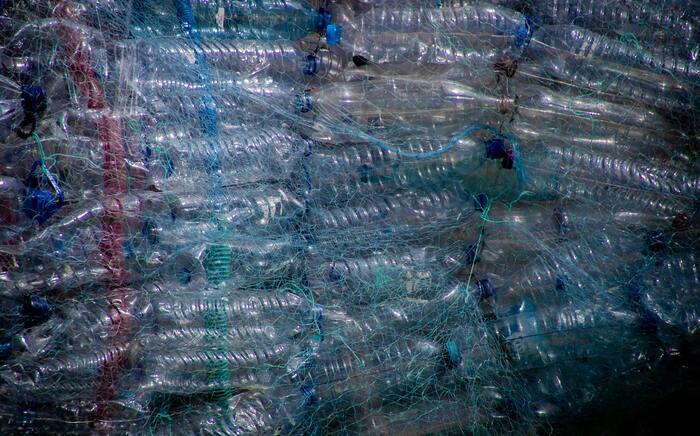Extended Producer Responsibility (EPR) is a policy approach that requires producers to take responsibility for the entire lifecycle of their products, including their end-of-life management. Given the significant environmental impacts of the textile industry, EPR initiatives play a crucial role in promoting sustainability within this sector.
What is EPR and Why is it Important?
EPR encourages producers to mitigate the environmental impacts of their products from production to end-of-life. This involves taking part in recycling, reuse, and waste management processes. The primary goal of EPR is to reduce the environmental footprint of products, promote efficient use of natural resources, and minimize waste.
In the textile industry, implementing EPR means that producers are incentivized to design more sustainable products, invest in recycling systems, and contribute to consumer education. This approach offers both environmental and economic benefits.
Implementing EPR in the Textile Industry
- Sustainable Design and Production:
EPR policies motivate producers to design and manufacture more sustainable and durable products. This can be achieved through various stages, including material selection, production processes, and product design. Using sustainable materials, enhancing energy efficiency, and reducing water consumption are key components of this process.
- Recycling and Reuse:
EPR promotes the recycling and reuse of textile products at the end of their lifecycle. Producers should establish infrastructure for collecting and recycling old textiles. This reduces waste and allows recyclable materials to be used in new products.
- Consumer Education:
For EPR to be successful, it is essential to educate consumers about sustainable practices. Producers should provide information on how to recycle or properly dispose of products. Increasing consumer awareness fosters sustainable consumption habits.
- Producer Responsibility Organizations:
To effectively implement EPR, producers should collaborate with organizations that manage recycling and waste services. These organizations help producers meet their EPR obligations and ensure efficient management of recycling processes.
Benefits of EPR
EPR initiatives provide several benefits within the textile industry:
Environmental Benefits: Reduces waste and conserves natural resources, thereby preventing environmental pollution.
Economic Benefits: The reuse of recyclable materials lowers production costs and enhances economic efficiency.
Social Benefits: Encourages consumers to adopt sustainable habits and increases public awareness about environmental issues.
Conclusion
EPR is a vital tool for enhancing sustainability in the textile industry. By considering the environmental impacts throughout the entire lifecycle of their products, producers can contribute to a more sustainable future. EPR policies not only encourage producers to adopt more environmentally friendly practices but also help consumers develop sustainable consumption habits. This, in turn, can ensure environmental and economic sustainability in the textile industry.

 Back to Blog
Back to Blog











